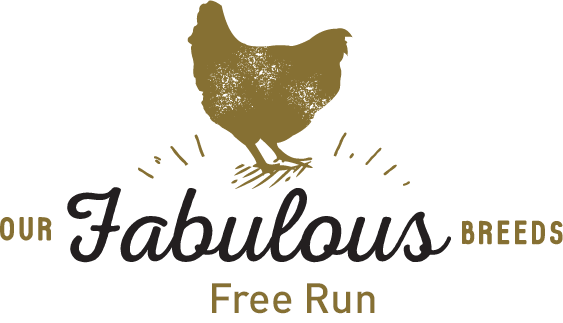What is Biosecurity? (from Canadian Food Inspection Agency website)
Putting preventive measures in place to keep animals healthy has been a long-standing and successful practice on Canadian farms. These measures form a biosecurity plan. A biosecurity plan should address how you manage animal, vehicle and human access on the farm; animal health; and operations.
By following the principles below and working with a veterinarian you can play a significant role in keeping your animals and your industry as healthy as possible.
Designate distinct zones
Establish distinct zones where varying levels of protection are needed. Define these zones with fences (or other features) and identify them with signs.
Control movements in and between designated zones
Control movements of people, animals, equipment and vehicles
- into a designated zone,
- out of a designated zone, and
- between the designated zones.
This can be done through the use of controlled access points.
Animal Health Management
Manage animal movements
Plan animal introductions, their movement within the premises and their removal from the premises. Practice animal identification and good record keeping. It is important to participate in traceability systems where available.
Observe animals for signs of disease
Ensure workers are knowledgeable and experienced in recognizing signs of disease. They should be able to do this by observing animals’ production levels, behaviour, clinical signs, and feed and water consumption.
Establish response plans for potential disease situations
Contact a veterinarian if you see unusual rates of disease or death.
Work with your veterinarian to have a “disease response plan” in place for suspected cases of contagious or reportable diseases. A disease response plan should include:
- triggers for the response plan (for example, numerous animals showing signs of disease, a significant decrease in production, a lack of response to routine treatments, unanticipated mortality rates),
- details of whom to contact,
- plans for limiting movements of animals, people or vehicles on or off the premises, and
- other measures determined by you and your veterinarian.
Maintain the facilities in a state of good repair
Maintain all facilities in a state of good repair so that your biosecurity plan can be effectively implemented.
This may include:
- buildings and fences to prevent wildlife and people from entering the premises,
- feed storage areas to prevent access by wildlife and vermin, and
- laneways to allow for cleaning and disinfecting vehicles.
Obtain production inputs from a reliable source
Purchase production inputs such as feed and bedding from reliable sources. Ensure the water supply is free of contamination.
Control pests
Ensure a pest management program is in place to prevent the spread of disease.
Plan and train
Have a written biosecurity plan that is updated regularly. Ensure that employees receive proper training and training materials so they can continue to follow the plan.


